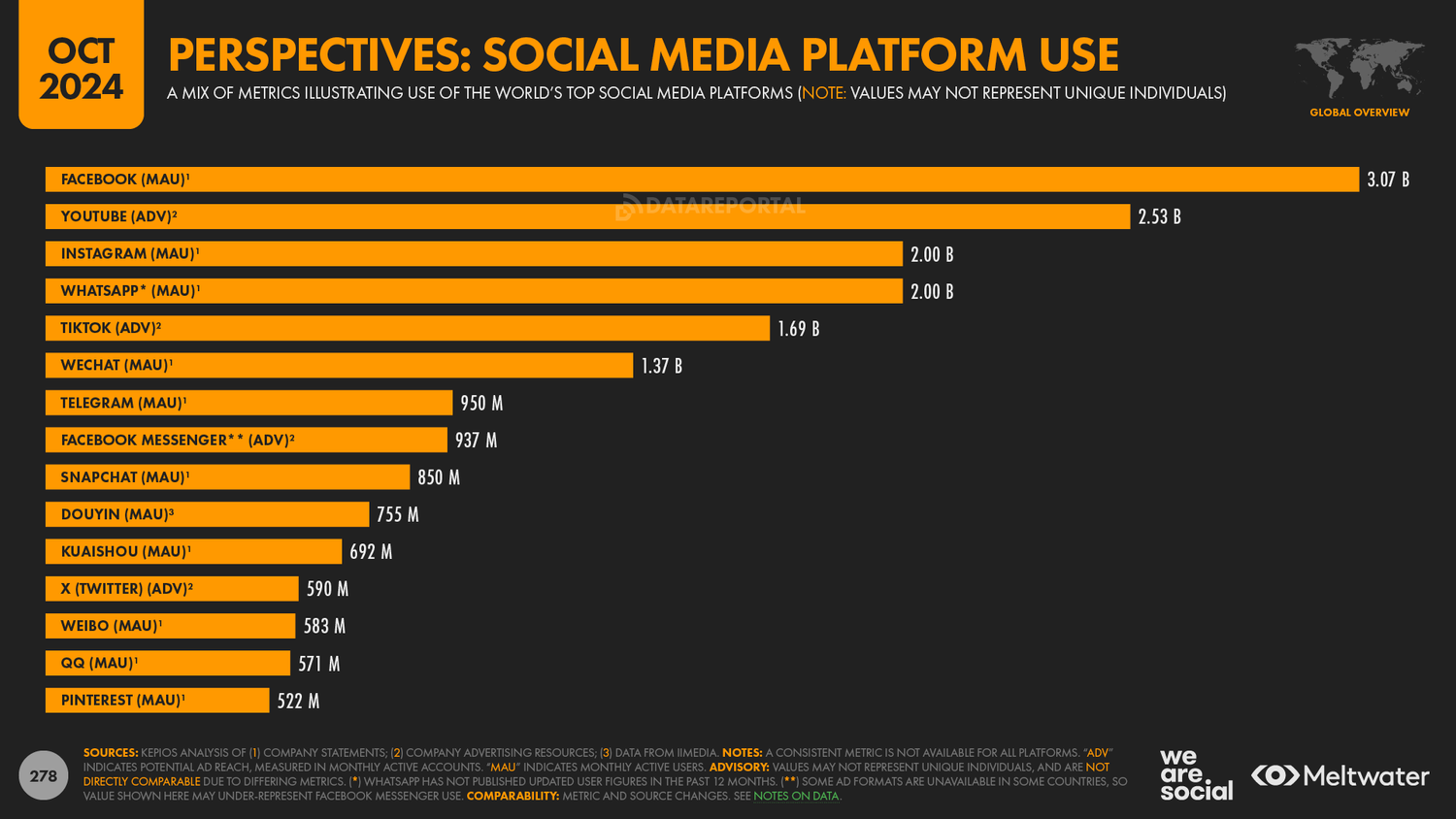In the digital age, social media is no longer a “nice-to-have” addition to your communication and marketing efforts – it’s a critical component that can significantly amplify your brand’s voice and drive meaningful results. However, you cannot do whatever. This is like trying to kill many birds with one stone. You need a good plan defining your direction. You need a strategy.
Every company elaborates its marketing strategy. Social media strategy is one part of the main marketing strategy, a very important part.
To truly leverage the power of social media, it’s crucial that your strategy is aligned with your broader marketing and branding initiatives. A well-crafted social media strategy doesn’t operate in isolation. It complements and enhances your existing efforts. Started working on your social media strategy you meet a question is this a new work plan (that means you start creating your web presence) or do you have a social media life, but it needs to be updated? The second answer requires more analytical work to understand better what needs to be improved, removed, or added.
Let’s define the steps required to design and implement your social media strategy.
1. Define your target audience.
Defining your target audience is a key starting point for all marketing movements. This will help you to better understand your customers’ needs and desires. What do they want while surfing the social flow? Do they search for the product reviews? Do they seek help looking for answers to their questions? Or only socializing and entertaining? That could mean your customers are looking for friends and desire to build a community. This depends on people’s ages, education, profession, family situations, and many other aspects.
If you do not know how to start, try to create personas. Persona is a collective image of a main part of your customers. Try to pretend that person and describe him/her/they in detail. Tree personas would be enough to clarify your target audience. Some online templates can help you if you are not sure how to start.
2. Choose your social media tools.
Defining your target audience is a key starting point for all marketing movements. This will help you to better understand your customers’ needs and desires. What do they want while surfing the social flow? Do they search for the product reviews? Do they seek help looking for answers to their questions? Or only socializing and entertaining? That could mean your customers are looking for friends and desire to build a community. This depends on people’s ages, education, profession, family situations, and many other aspects.
If you do not know how to start, try to create personas. Persona is a collective image of a main part of your customers. Try to pretend that person and describe him/her/they in detail. Tree personas would be enough to clarify your target audience. Some online templates can help you if you are not sure how to start.
3. Create engaging content
Every social media platform differs in features, overall look, content, and purposes. After defining your target audience and platform you will see what type of content you need. Remember, visuals are key to catching users’ attention. Of course, you can use the same image across platforms, but it won’t work. You need to be more specific. For example, for Facebook and X/Twitter attractive image could be enough. But for Instagram carousel format is the most recommended as per its latest algorithm. Videos serve YouTube, TikTok, Facebook, and Instagram.
Do not be too advertising. This is an annoying and less efficient practice. Instead, create helpful or entertaining content such as tips, lifehacks, jokes, contests, tutorials, etc.
Do not forget about the visuals’ quality. With bright clear images your web presence will look more professional. Videos should be sharp and well-lightened. Unique, your business-related photography would serve better than free stock images. And I am not talking about AI-generated stuff which is still very behind.
4. Be active and consistent
The most important point is posting consistency. Create a post calendar. You can easily do it using online tools. Make a pattern posting once a week, biweekly, or monthly (depending on your time). Social media users do not like big unexplained gaps. You risk losing their trust.
Track your posts and answer users’ questions within 24-48 hours. This will make a connection between your company and your subscribers. React according to the situation. Thank people for the positive comments and explain any problems. No one business is perfect, but sometimes customers are not objective. Work with them directly.
Be social media active. That means commenting, liking, and sharing others’ posts business-related to your company, subscribing to your competitors, and participating in others’ activities. Active behavior will drastically extend your social media presence.
5. Measure your results
Any business movements must be measured and controlled. If not, there is no reason to do it at all. The same online tools that you would use for creating a social media calendar and posting will help you with measuring results. They collect data about views, clicks, and shares showing users’ interactions.
You can easily see what posts made a positive or negative impression. After some time, you can add more effective publications. For example, you noticed that a short video tutorial about how to use your product got the most clicks and shares. So, you will increase the number of similar videos in future. Or remove practices that didn’t gain users’ attention.
Keep in mind a general social situation that could affect the mood of your subscribers. Holidays, economics, politics, natural disasters, anything can affect social mood. You should react quickly and correct your social posting accordingly.
Conclusion
After defining the target audience, you will see how much social media activities you will need.
You obviously have a marketing strategy or plan. Now, you need to incorporate social media into it. If not, and your business is brand new, build your strategy with social media in mind.
So, integrate social media into your advertising strategy in a few easy steps:
– Define your target audience,
– Choose the right social platforms,
– Develop a content strategy,
– Engage your audience through social media,
– Measure the results and analyze the data.
Social media plays a huge part in our lives. Integrating them into your marketing/advertising strategy will give you the best opportunity to establish a strong connection with your customers, build trustful relationships, and make a community.




